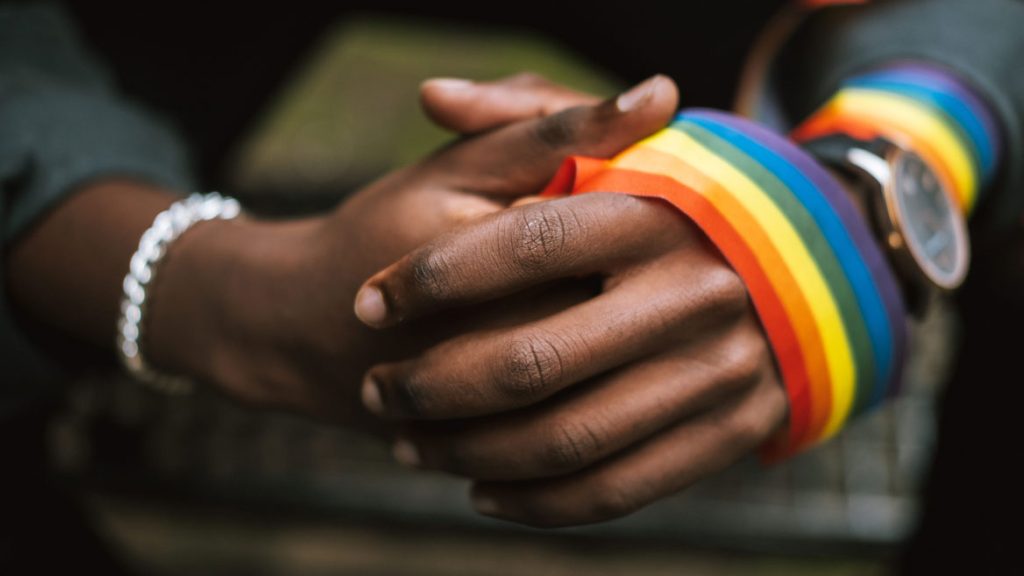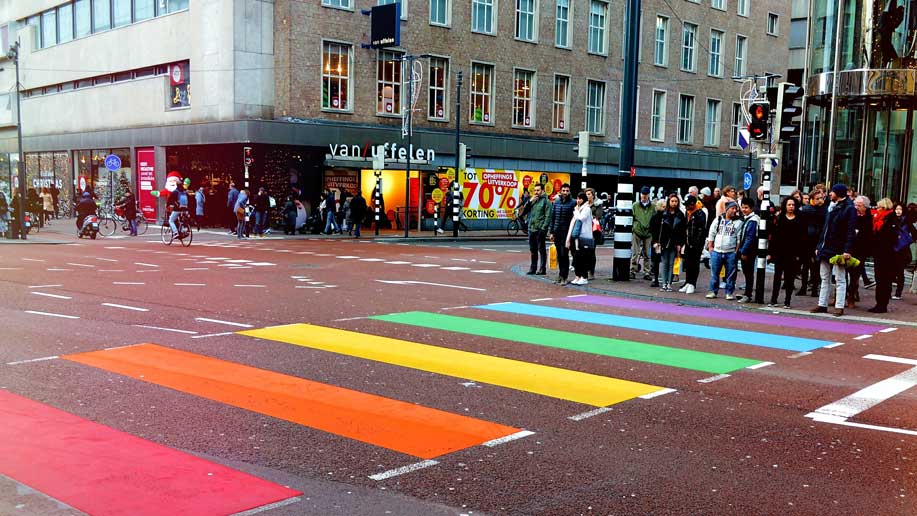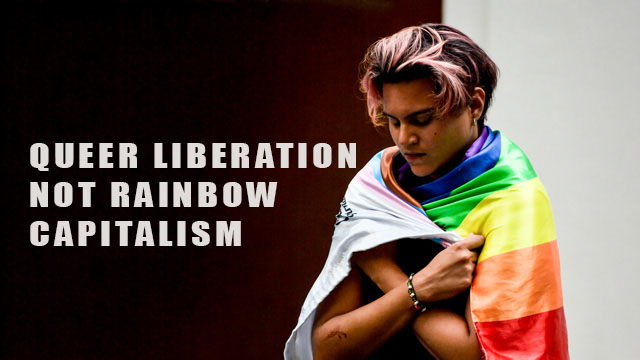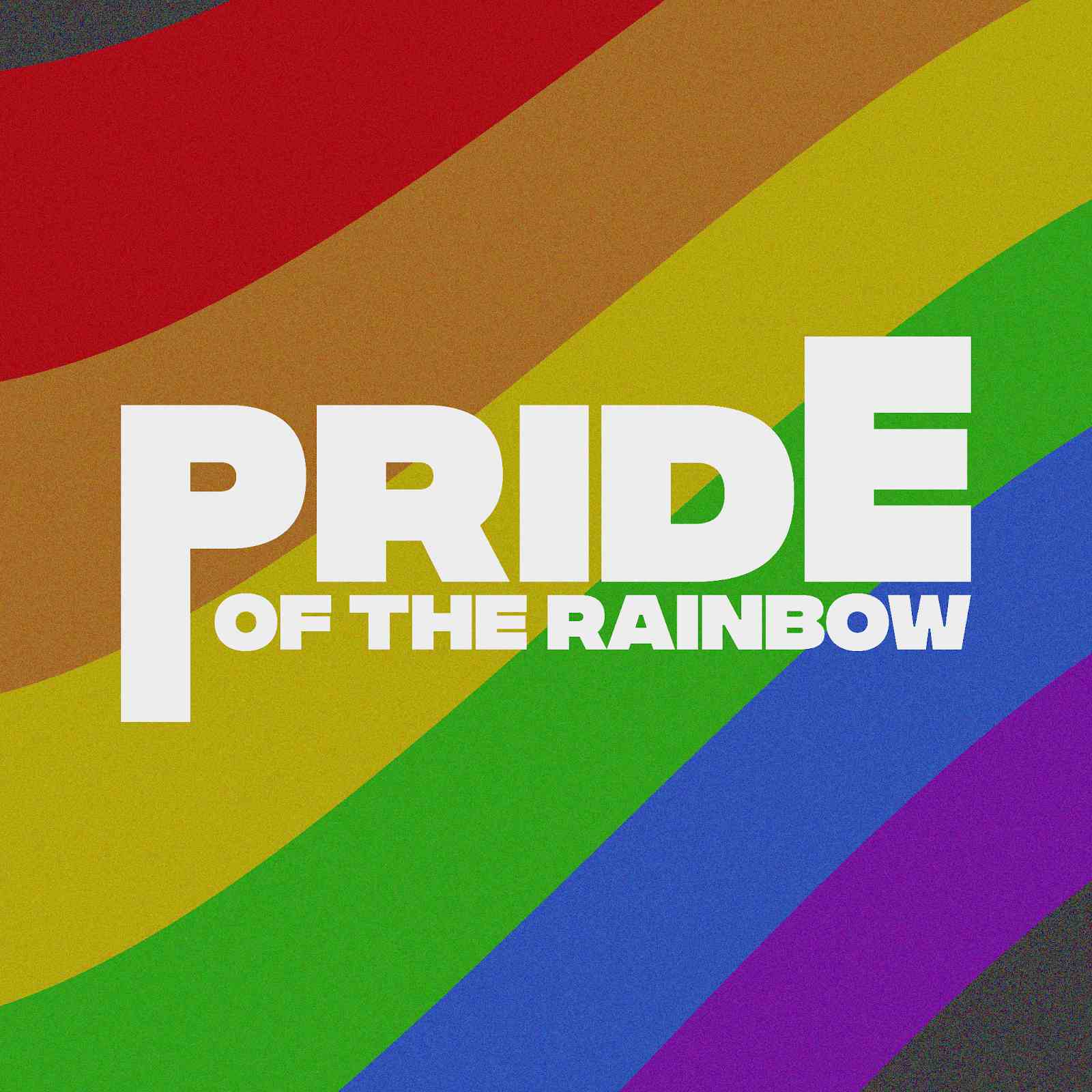CATEGORIES
#Breaking Stereotypes #Inclusion and Impact #LGBTQIA+Overview:
- History of the Pride Month and the Rainbow Flag
- Commercialization of Pride
- Identifying Genuineness and Avoiding the Sharks
- Taking Action Against Capitalists
In this article, we dive into the concept of rainbow washing (aka Pink Washing) during Pride Month and provide tips on how to identify authentic representation. We also offer guidance on how to avoid contributing to problematic practices and instead support genuine LGBTQIA+ organizations.
With Pride Month going on, it’s important to remember the significance of these thirty days. June is a safe space for the LGBTQIA+ community to come together to celebrate their identities and sexual orientations. Amidst the festivities, Pride Month commemorates the history of the community while raising awareness about the ongoing fight for equality. Pride is more than a parade or a party; it is a remembrance of struggles for visibility, acceptance, and rights. It’s also a movement for gender equality and social justice.

The rainbow flag represents the LGBTQIA+ community, standing for diversity and pride. The flag was created in June of 1978 by artist and activist Gilbert Baker. Originally, he designed it with eight stripes which evolved into the current six-stripe version over time.
Each color symbolizes a specific concept — red for life, orange for healing, yellow for sunlight, green for nature, blue for harmony, and purple for spirit. The flag is often seen at LGBTQIA+ events, rallies, and parades, as well as in public spaces and social media. It has become a powerful symbol of visibility and the fight against oppression, channeling the sense of community shared by LGBTQIA+ people. Thus, the rainbow flag is a notable symbol of progress and social change.
Alas, with Pride being increasingly commercialized, it’s difficult to determine genuine ally companies versus those simply capitalizing on the rainbow dollar. Many corporations have switched to using rainbow-themed advertisements and merch to support the LGBTQIA+ community. However, the ‘rainbow washing’ trend has sparked a weighty debate. Are these companies truly committed to the LGBTQIA+ cause, or is it solely a convenient sales pitch for some of them?
What is Rainbow Washing?
Rainbow washing, also known as ‘pink washing’, is a practice of businesses using LGBTQIA+ themes and symbols to mask and market products or services. These agencies that only refer to LGBTQIA+ symbols for marketing campaigns typically serve little to no support for LGBTQIA+ rights and issues. Essentially, it’s a form of tokenism that exploits the community for profit without any real substance or action behind it.
Unfortunately, this practice has become more prevalent in recent years, especially during Pride Month. This concept is similarly observed in ‘greenwashing’, where companies make false or exaggerated claims about their sustainability and environmental practices.
Spot the Bona Fide Allies
As consumers, there are red flags to look out for to identify rainbow washing.
Corporations,
- that release Pride-themed products during Pride Month, only to be silent on these matters for the rest of the year;
- whose products or campaigns feel forced or inauthentic with the use of generic rainbow designs instead of incorporating representation or messaging;
- that don’t actively support the LGBTQIA+ community through either donations, policies, partnerships, or even words.
It’s important to avoid contributing to such practices. Researching the company’s history and values before supporting its Pride-themed products or campaigns can aid in making an informed decision.
Look for authentic representation of LGBTQIA+ people in their advertising and marketing. Are they featuring real LGBTQIA+ individuals, or are they using generic stock images? Do they accurately represent the diversity of the LGBTQIA+ community, or only feature stereotypical portrayals of gay men and lesbians?

On top of that, consider supporting LGBTQIA+ organizations directly. Many nonprofits and advocacy groups rely on donations to fund their work, and your support can make a real difference. Look for organizations that are doing important work locally or nationally, and funnel your resources to support their efforts.
Pride is about celebrating and uplifting the voices of the LGBTQIA+ community. We should all strive to do so in a way that is respectful, inclusive, and impactful. As consumers, we have the power to hold companies accountable for their actions and support organizations that are making a real difference.
Exposing the Imposters
In 2021, Target received staggering backlash for confusing, misleading, and somewhat tone-deaf pride merchandise. In light of their shortcomings, the following year in 2022, Target launched a refurbished line of Pride-themed merchandise. This time it was in collaboration with LGBTQIA+ designers, entrepreneurs, and staff to enhance authenticity.
The company also publicly supported the Supreme Court’s decision to legalize same-sex marriage in 2015. Target’s willingness to listen and respond with positive change has gained them immense approval from the queer community.
In 2022, a meme trend arose on social media mocking companies’ appropriation of rainbow logos during Pride Month. The trend was sparked further by a New York Times article about the prevalence of “This Pride Month I’m Partnering With” memes. The memes used witty slogan puns to joke that every company was partnering with the LGBTQIA+ community during Pride Month.
Worse still, some companies have been accused of using rainbow washing to distract the public from their poor labor conditions. Critics argue that companies cannot claim to support the LGBTQIA+ community while simultaneously engaging in harmful practices that affect historically marginalized groups.

Strategies to Ensure Protection Against the Imposters
The debate around rainbow washing continues. Meanwhile, here are some additional ways consumers can ensure that companies they support are truly committed to the LGBTQIA+ community:
- Check their Human Rights Campaign’s Corporate Equality Index. This report rates companies based on their LGBTQIA+ policies and practices. Consumers can also research a company’s history of LGBTQIA+ support and look for concrete actions, such as donations to LGBTQIA+ organizations or public support for LGBTQIA+ rights.
- Speak out. Use your voice to call out companies that are engaging in rainbow washing. Share your concerns on social media and tag the company in your posts. Consider writing an email or letter to the company’s customer service department expressing your disappointment and urging them to do better.
- Vote with your wallet. Refrain from supporting companies that engage in rainbow washing. Instead, choose to support LGBTQIA+ businesses and organizations, as well as companies that have a proven track record of supporting LGBTQIA+ rights and issues.
- Educate yourself and others. Learn more about the issues facing the LGBTQIA+ community and share the knowledge. Encourage your friends and family to also be critical of rainbow washing and take action against it. Ensure that your support of Pride has a purpose.
Conclusion:
The inclining commercialization of Pride makes it tough to identify authentically allied companies of the LGBTQIA+ community. Looking up though, there are tell-tale clues that we as consumers can look out for to identify pinkwashing. It’s crucial to avoid feeding into the jaws of capitalism and instead supports LGBTQ+ organizations directly. So stay woke! And ensure that your contributions are to a fruitful cause.


